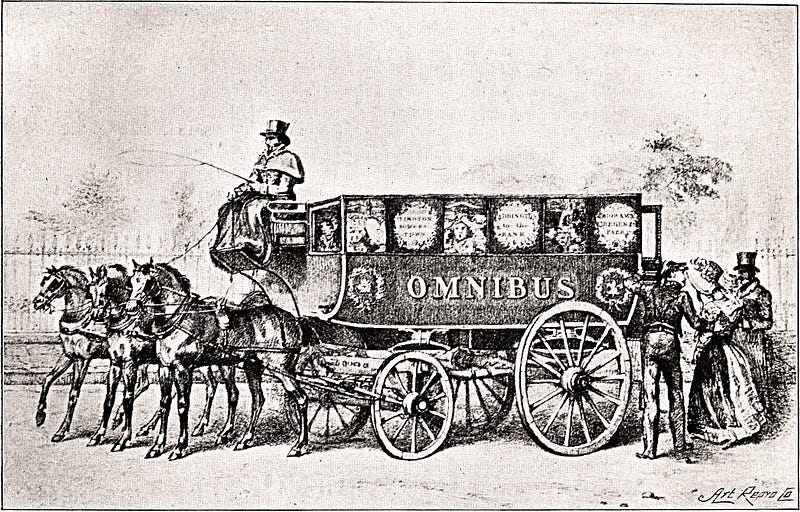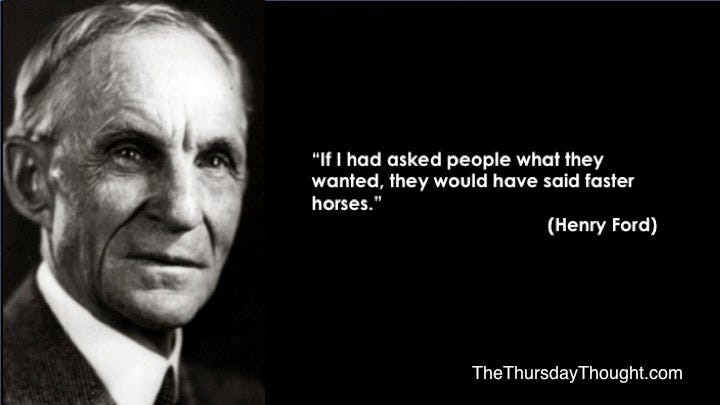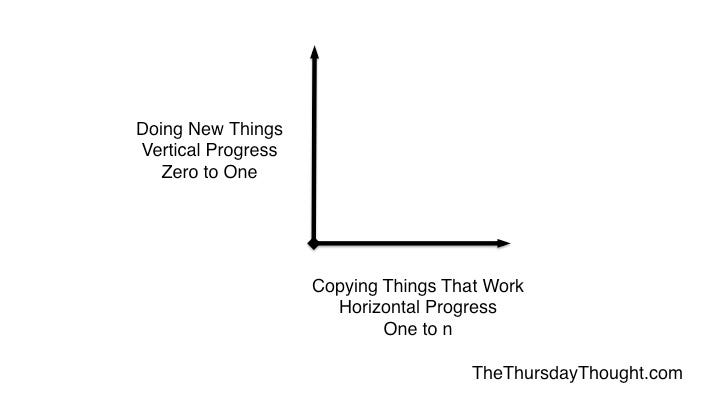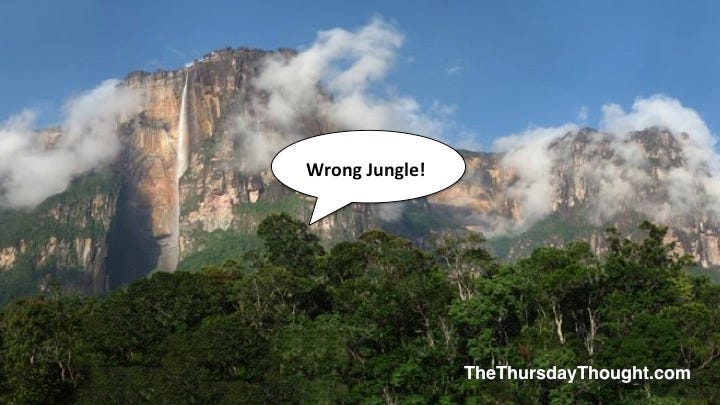
“In 50 years, every street in London will be buried under nine feet of manure” — The Times, 1894
The Great Horse Manure Crisis of 1894
In 1894, the main mode of transport was horse-drawn carts, horse-drawn omnibuses and hansom cabs.
London had over 50,000 horses working the streets every day, while New York had over 62,000.
According to the 89th Annual Report of the Board of Health, nearly 500 tonnes of horse manure were collected from the streets of New York every day, produced by 62,208 horses.
Imagine what the streets of London and New York looked and smelled like!
With a life span of only 3 years the horses often collapsed with exhaustion and their decaying corpses were left abandoned on the streets. In 1880, New York City removed 15,000 these dead horses from the streets.
As a result, the streets were covered with flies, dung and disease.
The First International Urban Planning Conference of 1898
New York hosted the inaugural International Urban Planning Conference in 1898. The main topic on the agenda was the horse manure problem.
Countries all over the world faced the same problem and all sought to find an urgent solution.
However, they could not find any solution. In fact, the attendees were so discouraged, that the conference was abandoned several days early.
A Faster Horse

What if the solution to excessive horse manure was to have no horses at all?
Enter Henry Ford and his Model T.
Not only was it a solution to the manure problem, but cars were easier to manage than horse-drawn vehicles. Cars were also cheaper to run.
Thus the horse-drawn vehicle business was disrupted overnight.
One day they are dealing with the challenge that they cannot sell any more vehicles due to street capacity. The next day, they are preparing for the fact that their business will be devastated by a direct, more efficient and less expensive replacement product — the motorcar.
This is a familiar tale for so many businesses today. This is why businesses have to focus some resources on looking at the future.
In an ideal scenario you would have a team looking at several variations of the future.
One to n
In his excellent book Zero to One, Paypal Co-Founder Peter Thiel explains how he looks at the future.
When most of the world look to the future they look at linear progress. Linear progress is the improvement of existing products or methods. This is what Thiel calls 1 to n.
In our horse manure example, this would mean any variation of:
- Faster horses
- Horses fed food that produces less dung
- Better eco-systems around horse-drawn transport in general
Zero to One
Thiel suggests that the world be looked at in a non-linear fashion. This is vertical progress. This is what he calls Zero to One. This is the world as seen through the lenses of Henry Ford, Steve Jobs and Mark Zuckerberg.
The act of creating something new is to go from Zero to One. The act of creation is singular, a one-off and the result is something brand new.

Wrong Jungle — Management (n) v Leadership (1)

Steven Covey tells the great story of a group of producers cutting their way through a jungle with machetes. They are the producers, the problem solvers. They are the ones working in the business.
Management is pushing them, following processes, sharpening machetes, writing policy documents and procedure manuals, holding muscle development sessions to improve efficiencies, seeking improved technologies, and setting up working schedules and compensation programs for the machete workers.
Meanwhile, the leader is the one working on the business. The leader climbs the tallest tree, surveys the entire situation, and yells, “Wrong jungle!”
Management is very busy, as are the ever-efficient producers. This is the last thing they want to hear, so they respond, “Shut up! We’re making progress.”
Management is a bottom-line focus. Management is process driven and focusses on the present. Management is One to n.
Leadership is top-line focus. Leadership is deciding what jungle should be the focus and if there should be a focus on jungles at all. It takes leadership to deliver Zero to One.
“Management is doing things right; leadership is doing the right things.”
Doing the Right Things
Here is the great challenge for companies today. The profits in my main business are declining or under threat (horse-drawn carriages), so how do I afford to invest in the possible futures, some of which may not occur?
The answer is that you simply have to.
No business is safe from disruption. You can only breathe easier if have a monopoly, a huge head start (Google Maps) backed by positive network effects (Facebook) and killer branding (Apple). However, even the most successful companies are under the constant threat of disruption.
As soon as any product or service is in circulation, it is released into a world of one to n.
Organisations need to continually investigate zero to one, while maintaining zero to n.
Not just one Future — Betting on Several Horses
Betting on just one future is advised if you are a startup or new company working on your product. In this case you have decided how your product or service fits in that world. Hence, you need to focus all your energy on that version of the future.
To circle the wagons back on the horse theme (see what I did there ;). As an established organisation, you need to bet on several concurrent versions of the future.
You need to have a team (or teams ideally) investigating selected variations of the future. These variations of the future should fit your overall strategy, mission, vision and values.
Think of your future focussed team as the Henry Ford team working within the Hansom Cab Company. Or think of this team as the people who discover the Henry Ford company and partner with them, helping them come to market sooner, while learning form them.
The Hansom cab company is the core business. They are making money today, but they don’t know what the future holds, so they bet on variations of the future.
For this to happen it takes serious leadership and a constant commitment, but it is the only way.
Not all Horses win
There are no prizes for very horse in a horse race.
There are prizes for first, second and third.
However, there is a way to increase your odds of winning.
The more horses you bet on, the more chance you have of winning. (Just make sure to clean out the stables every so often).